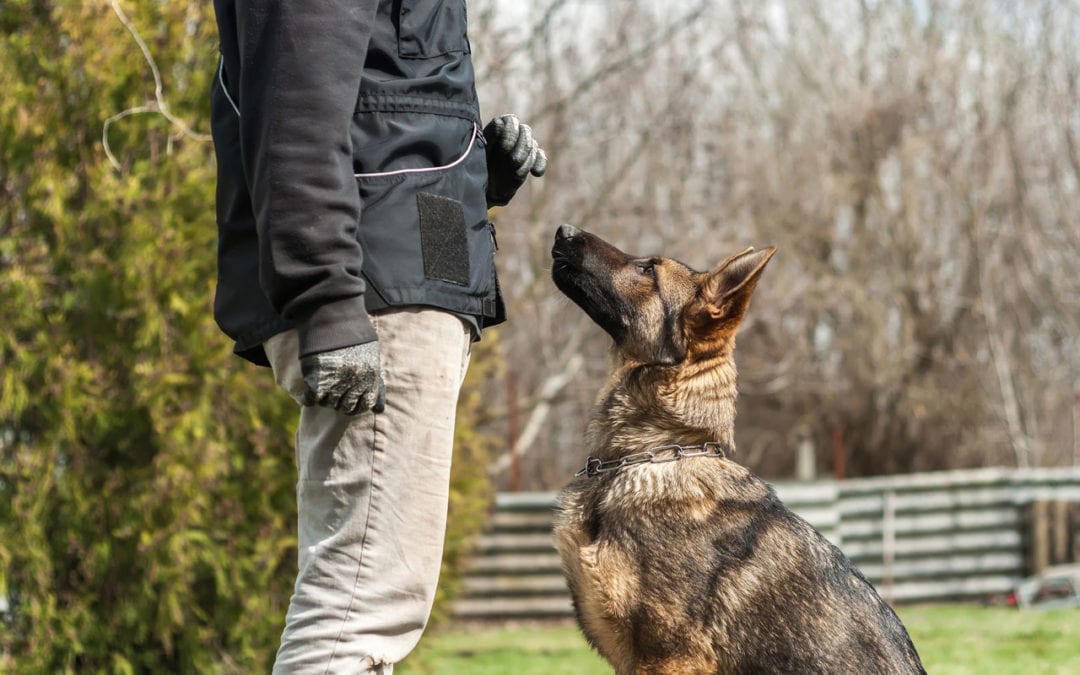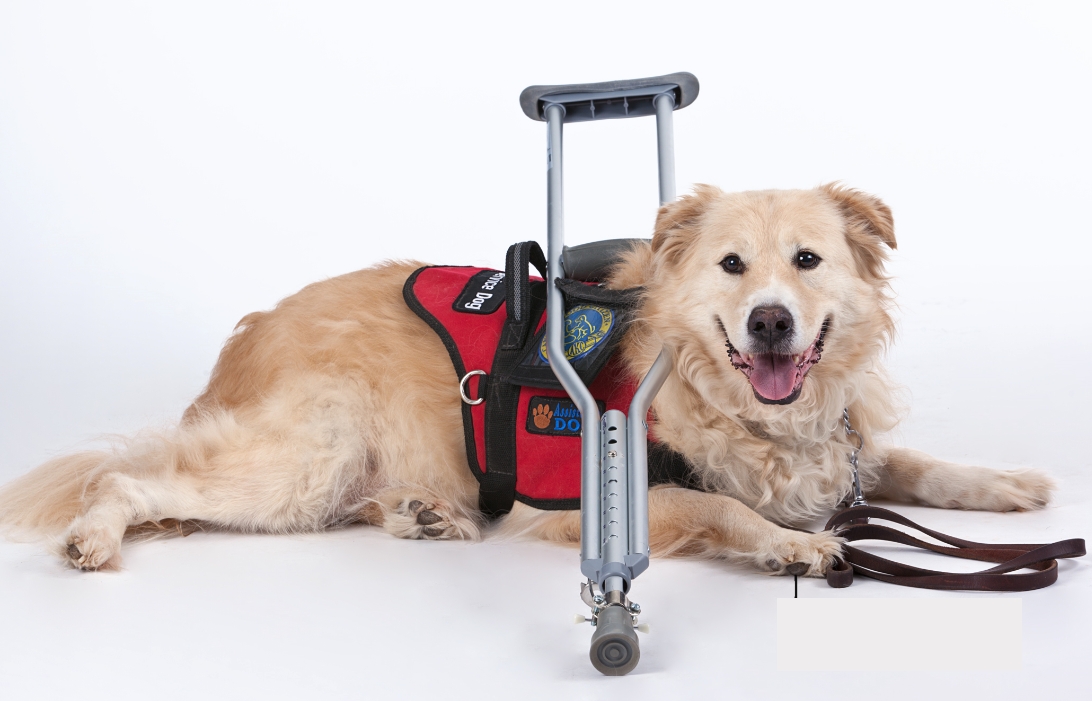Effective Puppy Training to Help Your Pet Grow into a Well-Behaved Adult Dog
Effective Puppy Training to Help Your Pet Grow into a Well-Behaved Adult Dog
Blog Article
Beginner's Guide to Effective Pet Training in the house
Successfully educating a canine in the house requires a nuanced understanding of canine behavior and efficient interaction strategies. Establishing clear training objectives, making use of top quality rewards, and keeping uniformity across relative are critical elements. Moreover, incorporating training into daily regimens can boost both engagement and retention. Numerous amateur trainers run into difficulties that might hinder progress. To browse these intricacies effectively, it's vital to explore several key aspects that can change your strategy and bring about an unified connection with your pet dog. What fundamental concepts should every novice grip to make certain success?
Comprehending Pet Actions
Recognizing dog behavior is important for efficient training and promoting a harmonious connection between people and their canine buddies - Puppy Training. Pet dogs interact mainly with body language, articulations, and face expressions, making it vital for owners to interpret these signals accurately. Identifying behaviors such as tail wagging, growling, or shrinking can give insights into a pet dog's mood and intentions
In addition, understanding the natural instincts of canines, such as their pack mindset, assists owners establish leadership roles within the house. This is essential for developing a structured atmosphere where pet dogs really feel protected and are more receptive to training. Canines are additionally affected by their socializing experiences; very early exposure to various settings, people, and various other animals can substantially form their actions later on in life.
Typical behavioral concerns, such as aggression, anxiety, or too much barking, commonly originate from misconceptions or unmet demands. Observing and attending to these issues promptly can stop escalation and ensure a favorable training experience. By cultivating a deep understanding of canine actions, owners can customize their training approaches to fit their canine companions, ultimately bring about a happy and well-behaved animal.

Important Training Tools
A fully equipped training room can significantly enhance the performance of canine training in your home. Important training tools make sure that both the pet and the fitness instructor can take part in effective sessions that foster discovering and bonding.

Purchasing a sturdy chain and a comfortable, well-fitting collar or harness is vital for safety and control. These devices aid develop limits and make sure the dog remains safe throughout training. In addition, a marked training area, without interruptions, aids concentration for both the pet dog and the instructor.
Educating aids such as training pads, cones, or agility tools can additionally improve the experience by introducing variety and obstacles. Lastly, having a note pad or electronic app for tracking progress can be very useful, allowing you to note successes and areas for enhancement. Utilizing these essential devices will certainly develop a favorable training setting and lay the structure for efficient discovering.
Developing an Educating Regimen
Developing a regular training routine is necessary for efficient pet training at home. A this link well-structured routine not only assists in enhancing desired habits but additionally supplies your dog with a complacency and predictability. To create an effective training routine, begin by identifying specific training goals, such as basic commands, chain walking, or housebreaking.
Choose an assigned time every day for training sessions, ideally when your dog is alert and responsive. Sessions should be brief, roughly 5 to 15 mins, to keep focus and prevent tiredness. Uniformity in timing and environment will certainly boost your canine's learning experience.
Incorporate training into day-to-day activities to strengthen abilities. Method commands throughout strolls or nourishment, which integrates discovering right into all-natural routines. In addition, remain flexible and readjust the regular as necessary, suiting your pet's energy levels and mood.
Favorable Reinforcement Techniques

When executing positive support, it is necessary to choose incentives that are motivating for your pet. High-value treats, such as little pieces of hen or cheese, can be especially reliable during training sessions. In addition, differing the incentives can maintain your pet's interest and interest.
Beginning with basic commands, like "rest" or "stay," and slowly development to extra complicated jobs. Consistency is essential; make certain that all relative use the same commands and benefit systems go to the website to stay clear of complication.
Furthermore, it is vital to continue to be patient and prevent aggravation. Canines, like human beings, learn at their own speed. By fostering an encouraging training atmosphere via favorable support, you can improve your pet dog's understanding experience while strengthening the bond between you and your hairy companion, preparing for effective training end results.
Usual Educating Obstacles
While educating a pet in the house can be a gratifying experience, it commonly features a collection of usual challenges that can test both perseverance and uniformity. One widespread issue is interruption. Canines might end up being quickly sidetracked by sounds, motions, or even fragrances in their atmosphere, making it challenging to preserve their emphasis during training sessions.
Another difficulty is incongruity in commands and support. It can confuse the canine and prevent development their website if family members utilize various hints or rewards. Developing a unified technique is crucial for reliable communication.
Additionally, pet dogs can experience stress or anxiety, specifically if they do not comprehend what is expected of them. This can bring about unfavorable behaviors, such as barking or chewing.
Finally, the timing of reinforcement is critical. Delayed rewards can diminish the efficiency of favorable reinforcement, as canines might stop working to link the actions with the reward.
Getting over these difficulties calls for commitment, clear interaction, and an organized training plan - Puppy Training. Acknowledging and resolving these usual challenges will pave the means for a much more satisfying and successful training experience in your home
Final Thought
In verdict, effective canine training at home requires an extensive understanding of canine behavior and reliable communication techniques. By establishing clear training objectives and using premium deals with together with favorable support, the training procedure comes to be a lot more gratifying for both the instructor and the canine.
Developing a constant training regimen is important for effective dog training at home.Favorable reinforcement strategies are fundamental to reliable canine training, promoting wanted behaviors via rewards instead than punishment. By cultivating a helpful training environment with positive reinforcement, you can boost your canine's understanding experience while enhancing the bond in between you and your furry friend, laying the foundation for successful training outcomes.
In conclusion, effective pet dog training at home requires a comprehensive understanding of canine actions and effective communication approaches. By establishing clear training objectives and utilizing high-quality deals with along with positive support, the training procedure becomes much more gratifying for both the canine and the trainer.
Report this page